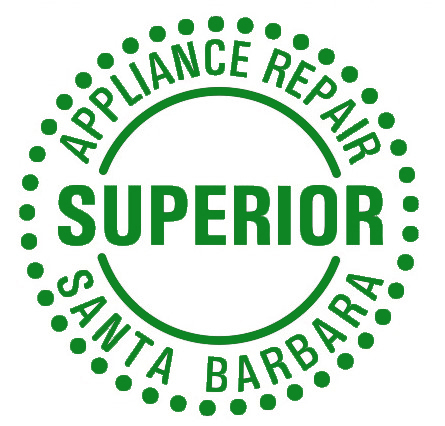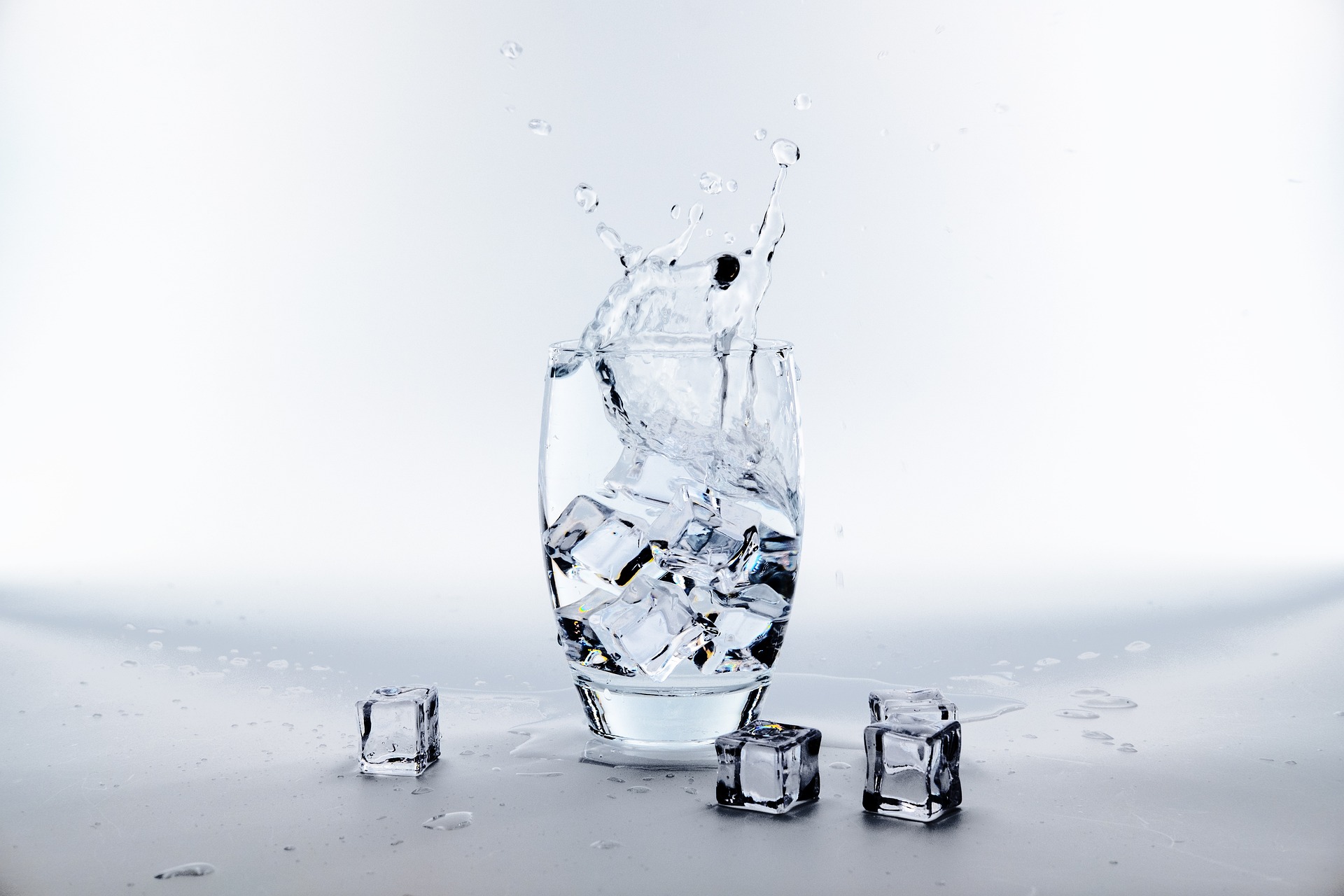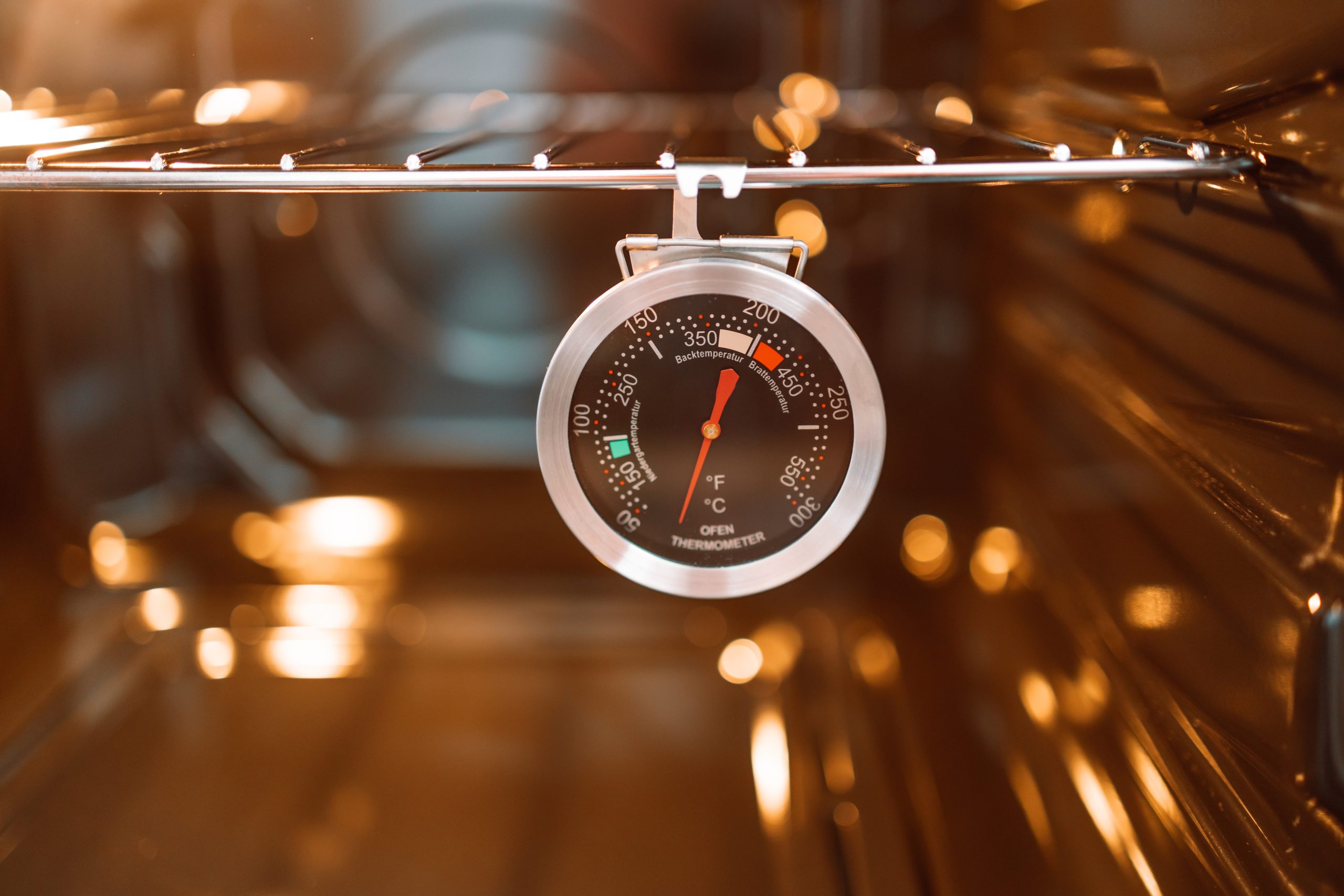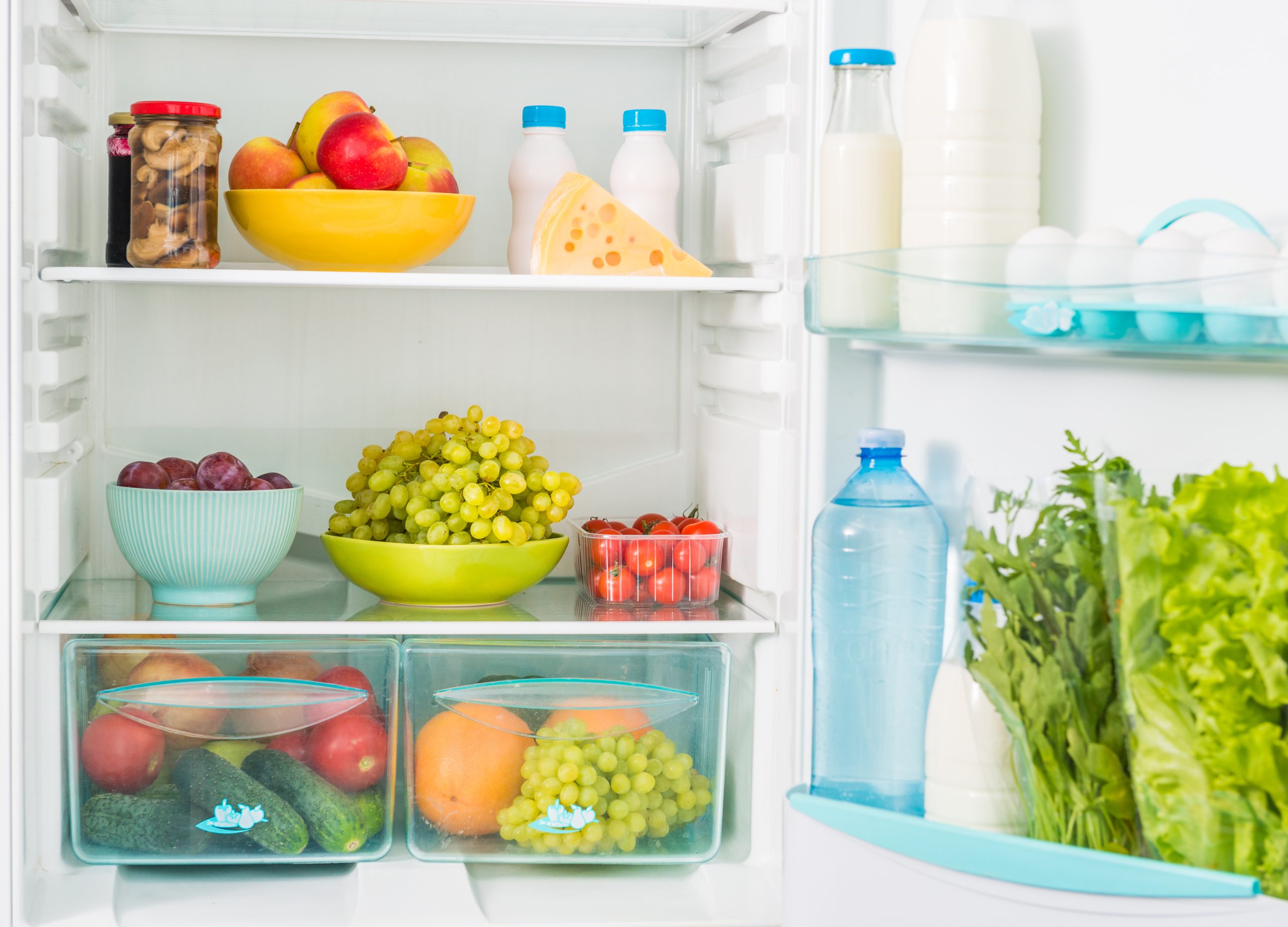A malfunctioning refrigerator can be a major inconvenience and may even be a safety hazard. So, it’s important to identify and fix the problem as soon as possible. To help, we’ve compiled a list of the 10 most common refrigerator problems and what you can do to troubleshoot them. From the fridge not cooling to abnormal noises, leaking water, and more—you’ll find the answers to the most common refrigerator problems below.
#1 Fridge Not Cooling
If your fridge isn’t cooling, there are a few steps you can take to try and fix it. First, check the temperature settings and make sure they are set correctly. If they are too low, the refrigerator may not be getting cold enough. You can also check to make sure the condenser coils are clean and free of dust and debris. Clogged coils can prevent the refrigerator from cooling properly. Lastly, make sure the door is closing properly and that there are no gaps between the door and the rubber seal/gasket that could be letting in warm air. If all else fails, you’ll need to call a technician.
#2 Freezer Not Cooling
Freezer not cooling as it should be? Or is it building up ice? This is a common problem that can usually be fixed with some simple troubleshooting. First, check to make sure your fridge is plugged in and turned on. Then, make sure the temperature settings are correct. If the temperature setting is too low, the freezer won’t get cold enough. You should also check the fan to make sure it’s running. For older freezers, airflow could be the issue, which typically occurs when your freezer is too full—so try rearranging the items within. Finally, clean your refrigerator coils. If these steps don’t help, give us a call.
#3 Hot to The Touch
If the top or sides of your appliance are hot to the touch, check the compressor and condenser coils to make sure they aren’t clogged with dirt, dust, or pet hair. Also, consider external airflow. If the coils are clean, but there isn’t enough space between the wall and the back of your refrigerator it can overheat. If it doesn’t cool down after troubleshooting, it’s a sign that something else is awry.
#4 Buzzing Noise
A buzzing noise could be a simple fix, or a sign of a repair need. If you have a level, check to see if your flooring has shifted. Check both vertically and horizontally on all 4 sides. It is natural for the flooring to adjust over time, but sometimes uneven flooring is a sign of a leak or flooring issue. So, check for other signs of a leak or foundational issue. Buzzing could also be caused by a faulty condenser fan, a faulty evaporator fan, or a malfunctioning motor.
#5 Leaking Water
If you’ve noticed that your refrigerator is leaking water, don’t panic! There are usually simple solutions to these common refrigerator problems. First, check the door seals and gaskets to make sure they are intact and not cracked or broken. If they appear to be in good condition, check the drain pan or drip tray to make sure it isn’t blocked or full of water. If water is still leaking, contact a professional for a more thorough inspection.
#6 Control Panel Malfunction
Control panel buttons not working? Begin by resetting the power and see if that helps. If that doesn’t work, you may need to replace the control panel altogether. There could be a few other quick fixes, but you will need a technician. In the meantime, be mindful of your food’s temperature. Place a block of ice in your fridge until your technician arrives, and keep the door closed to keep your food at a safe temperature. Food in the fridge will stay good for 4 hours with the door closed, up to 8 hours is you put in a block of ice and keep the door closed. Food in the freezer should stay cold for at least 24 hours if you keep the door closed.
#7 Faulty Water Dispenser
If your water dispenser isn’t working, check to see if the filter is properly installed or if the filter is clogged. You may also need to clean the water lines. Check your owner’s manual to determine how to clean your water lines. If that doesn’t resolve your issue you’ll need to call a technician.
#8 Faulty Ice Maker
If your fridge isn’t making ice, visually inspect the water line and make sure it’s not clogged. If the water line is clear, check the ice maker itself. If the ice maker is frozen, defrost it and turn off the power for 15 minutes. Once the power is back on, the ice maker should be working properly again. You may also need to clean your water lines, which you can learn how to do in your owner’s manual. If that doesn’t work, you’ll need to call for repair.
#9 Door Not Shutting
If your door isn’t shutting it could be as simple as rearranging the items in your fridge or freezer. It could also be that the rubber seal/gasket is not lining up correctly. If the gasket is misaligned, use a cloth to wipe away any debris that may be blocking the seal from making a tight fit. If neither of these solutions resolves your refrigerator problems, it could be that the door is misaligned and in need of repair.
#10 Increased Energy Consumption
If you have noticed a sudden increase in your refrigerator’s energy consumption, check to see if it’s set to the correct temperature. If it is, verify that the door is closing and sealing properly. Lastly, if you have a newer refrigerator, check to see if the energy-saving mode is enabled. By taking these simple steps, you can hopefully reduce your energy consumption and save money!
Looking For a Repair Technician in Santa Barbara?
The common refrigerator problems above can be inconvenient and sometimes costly to repair. Fortunately, with some basic troubleshooting and the help of a tenured technician your refrigerator problems can be fixed quickly and easily.
Give Superior Appliance Repair a call for same-day or emergency service visits!









